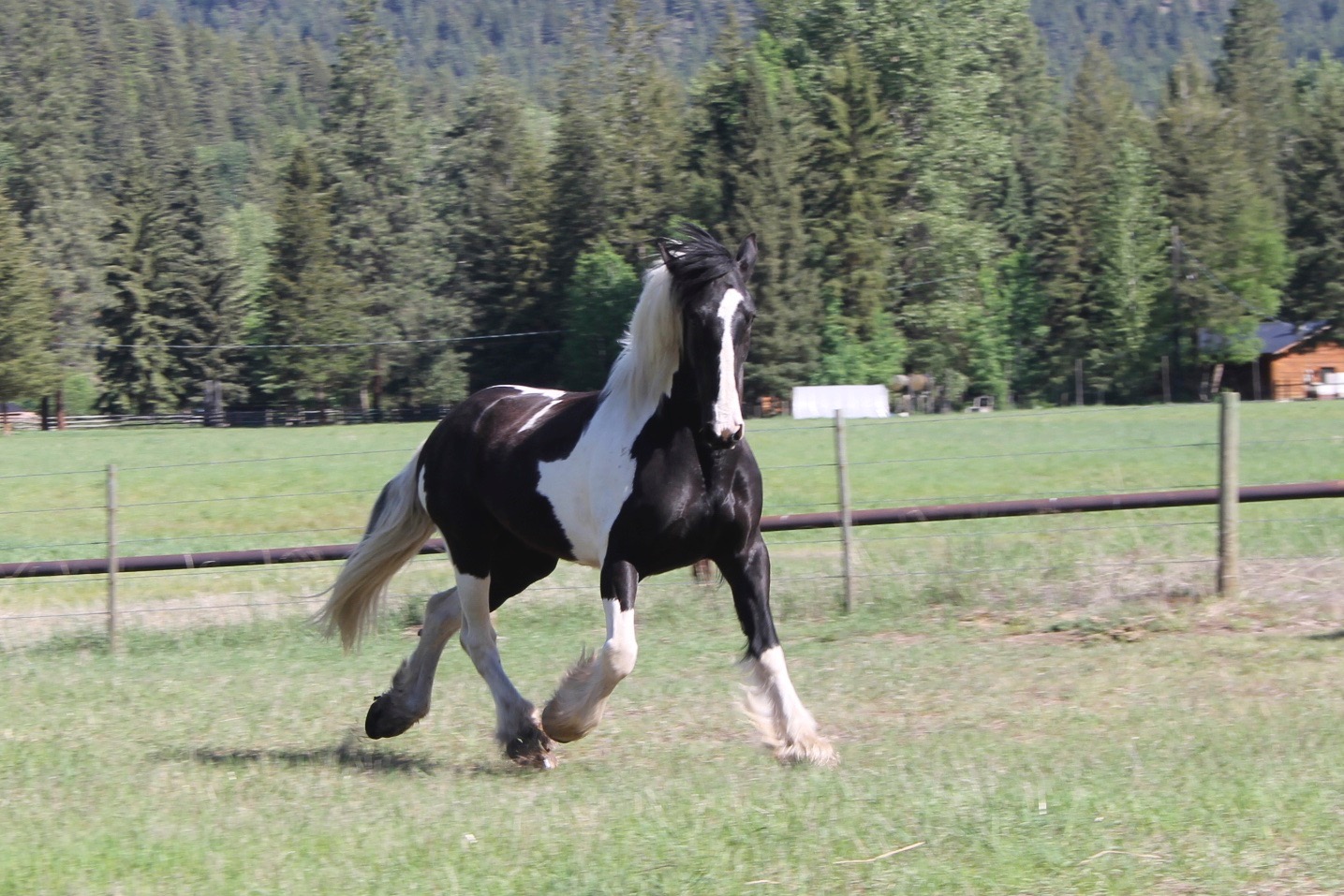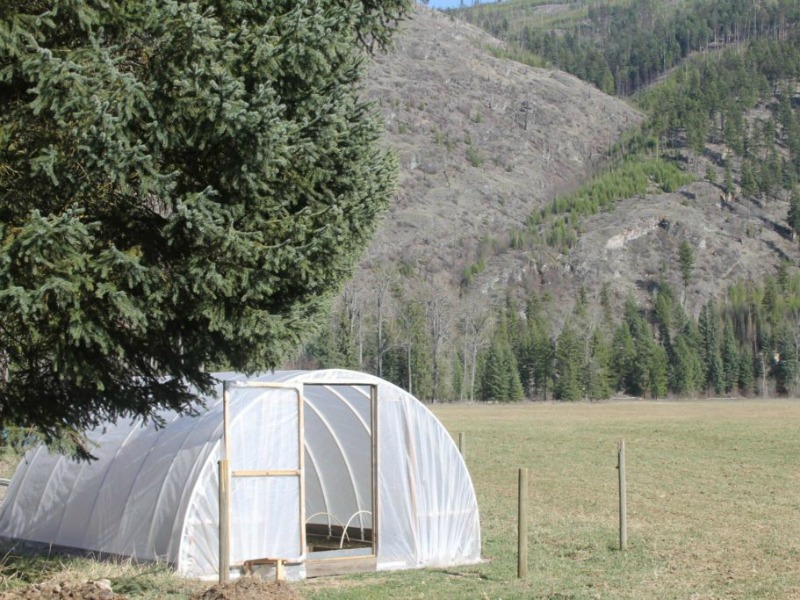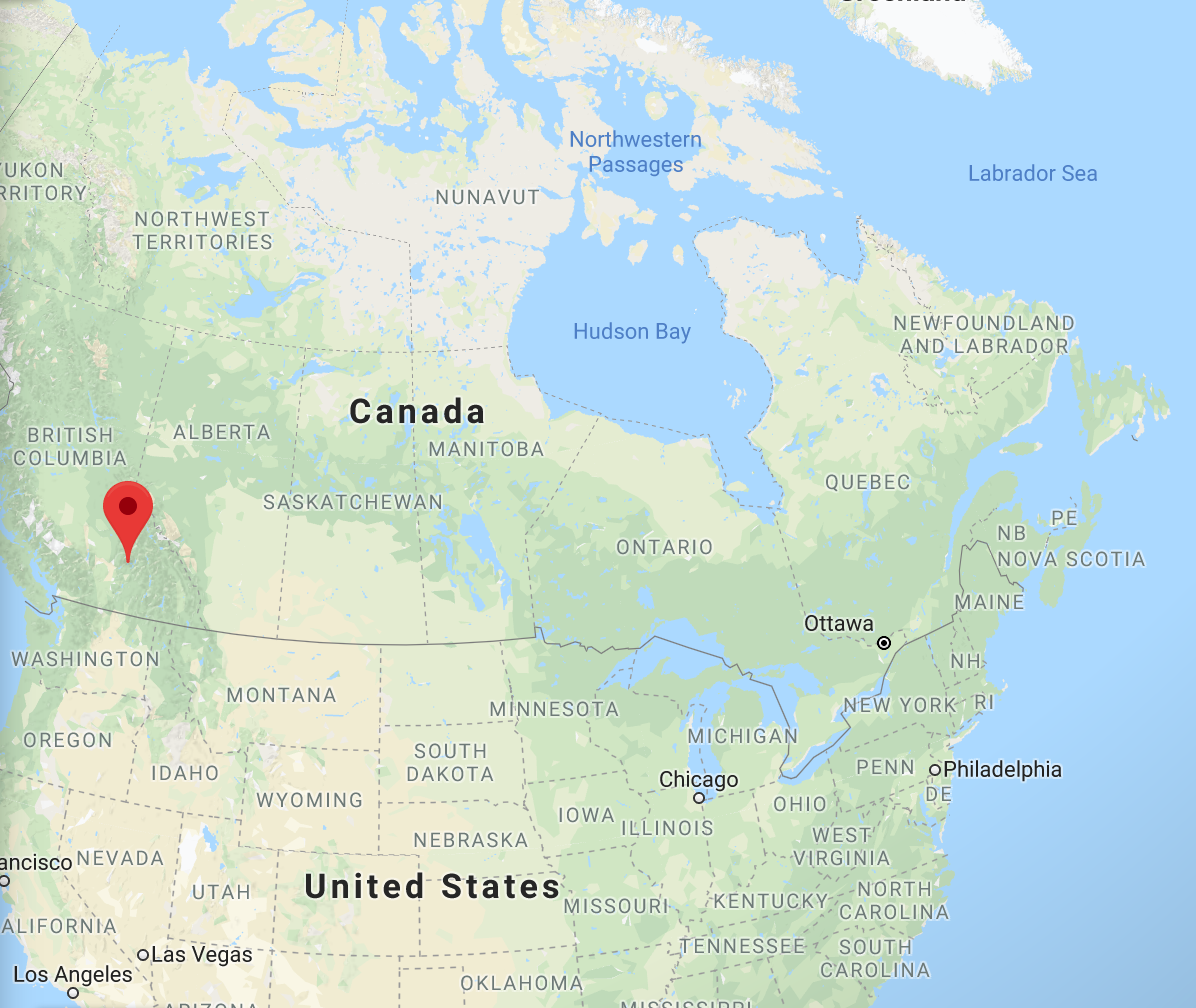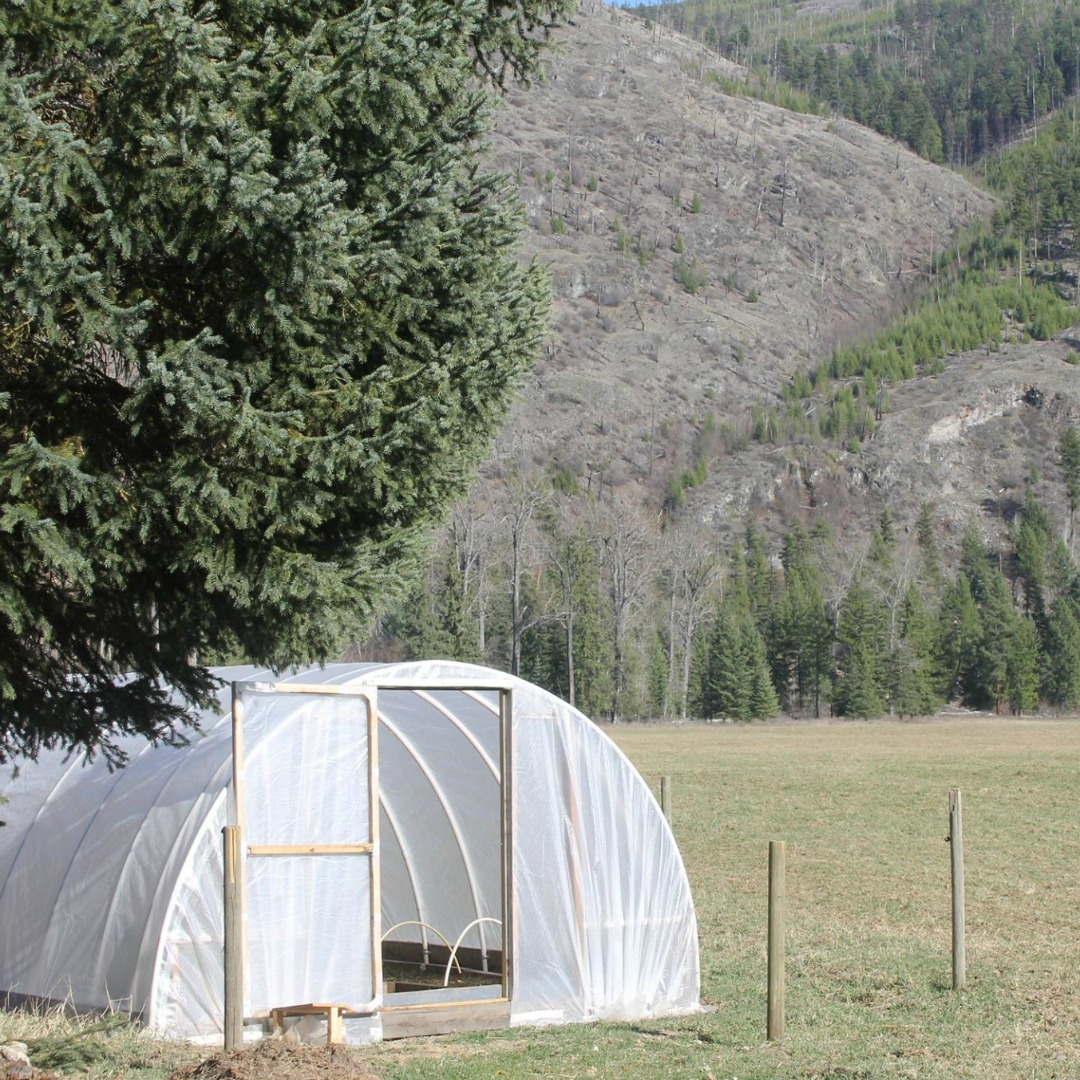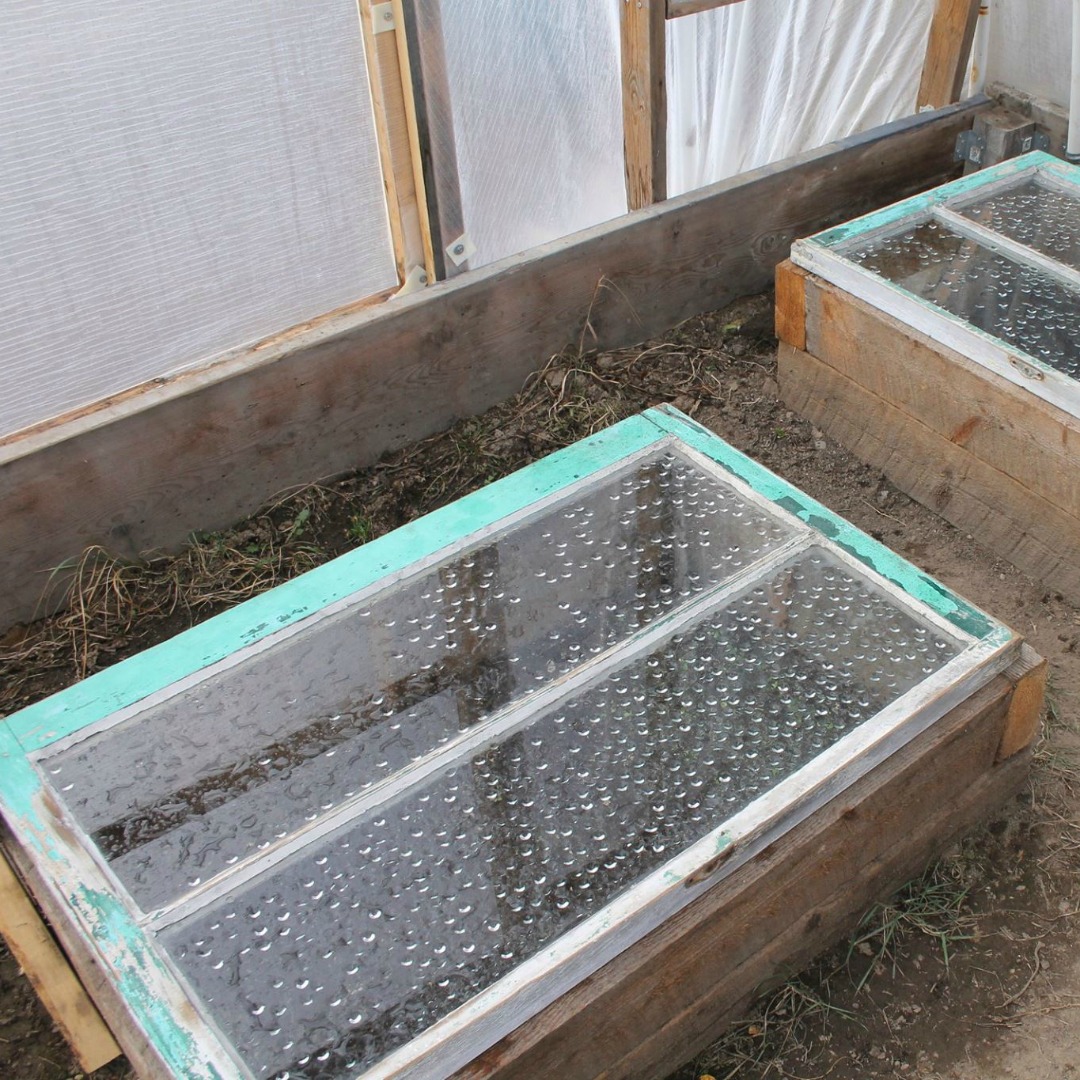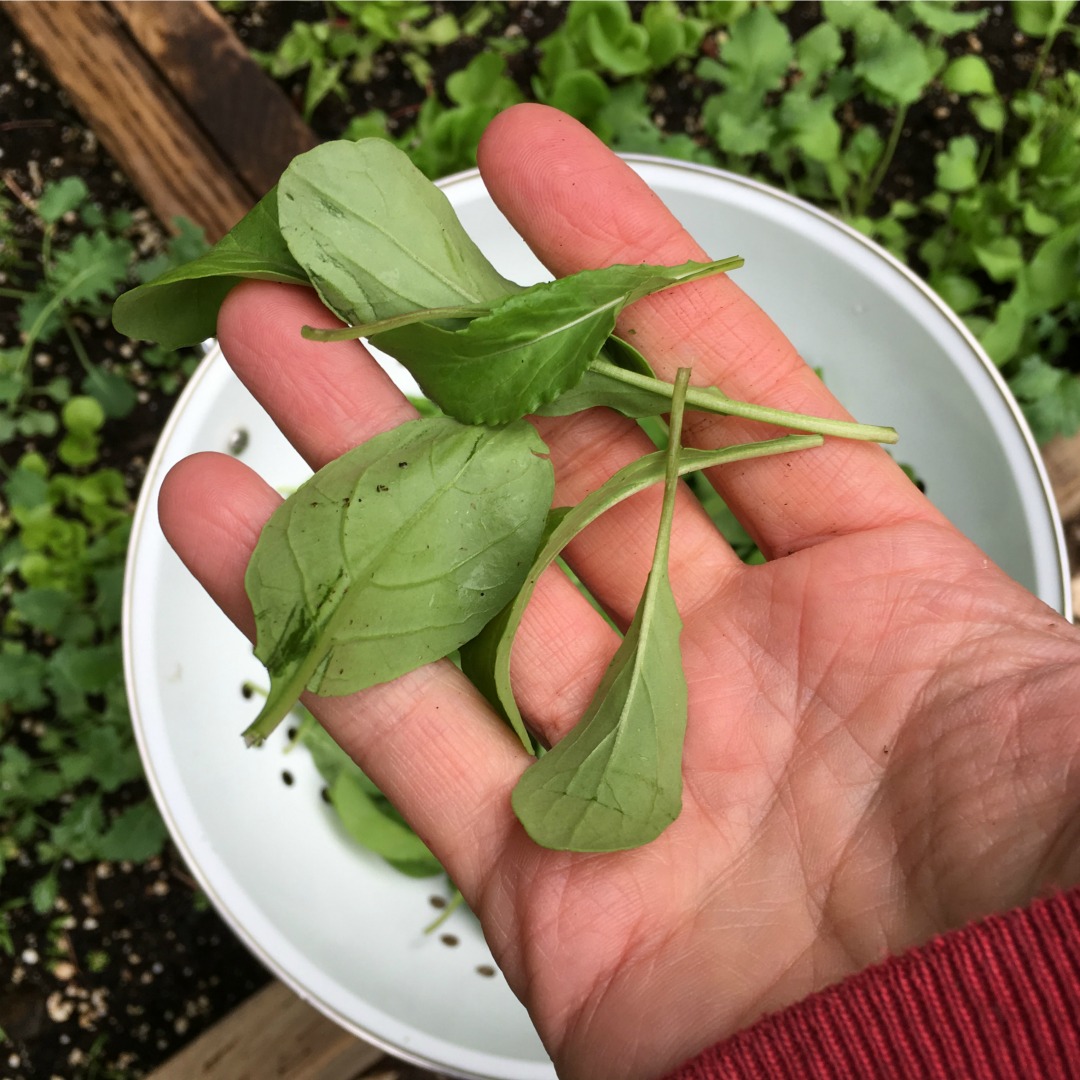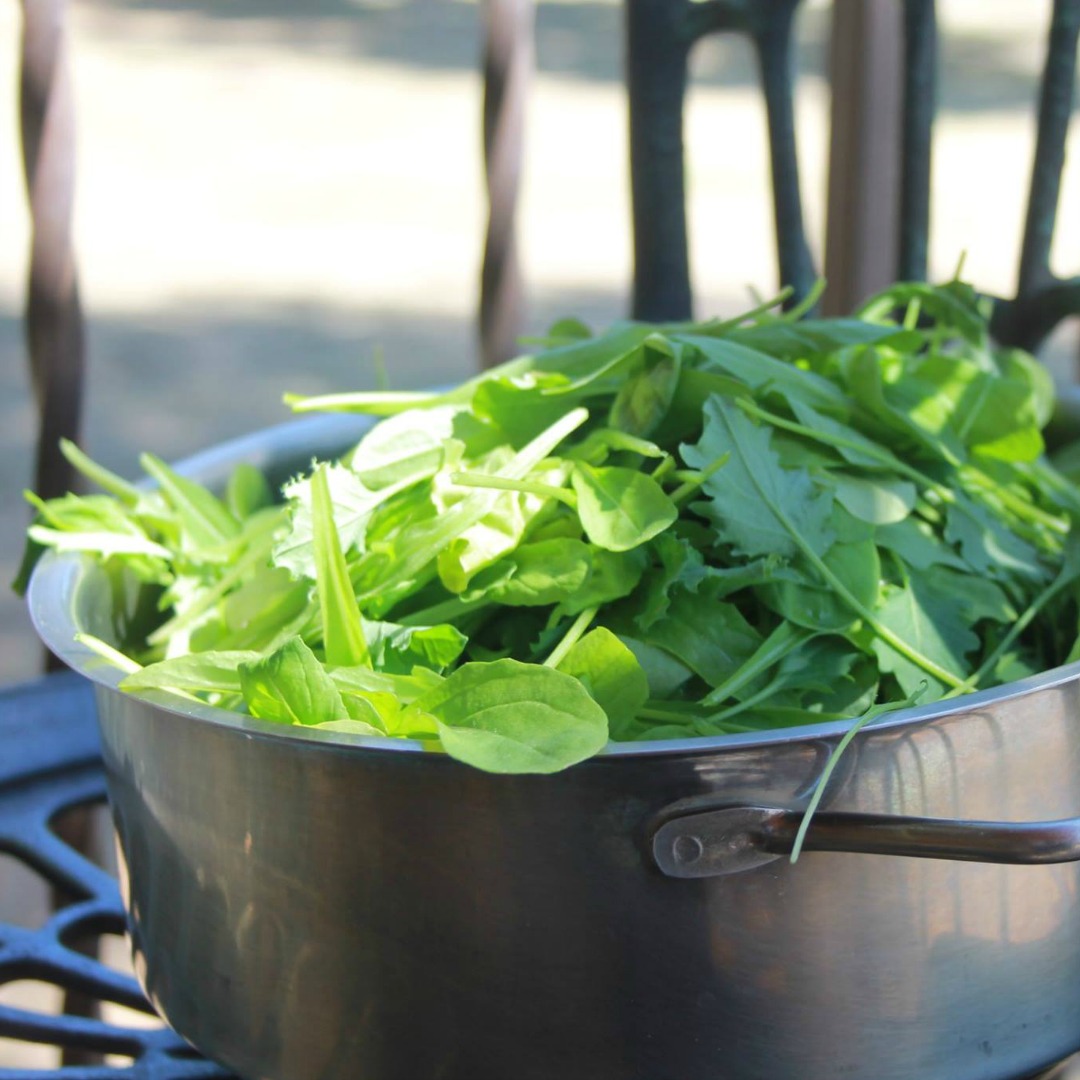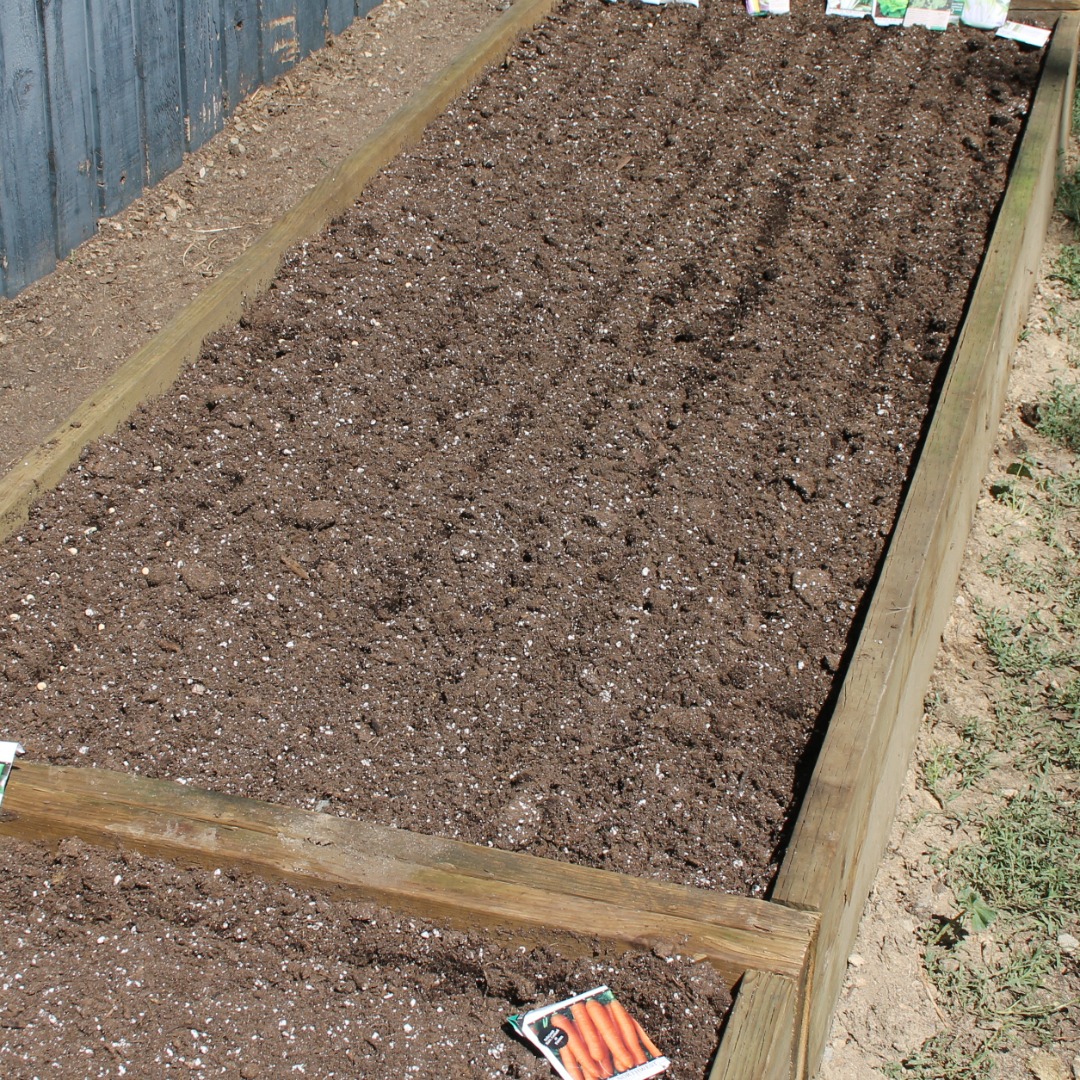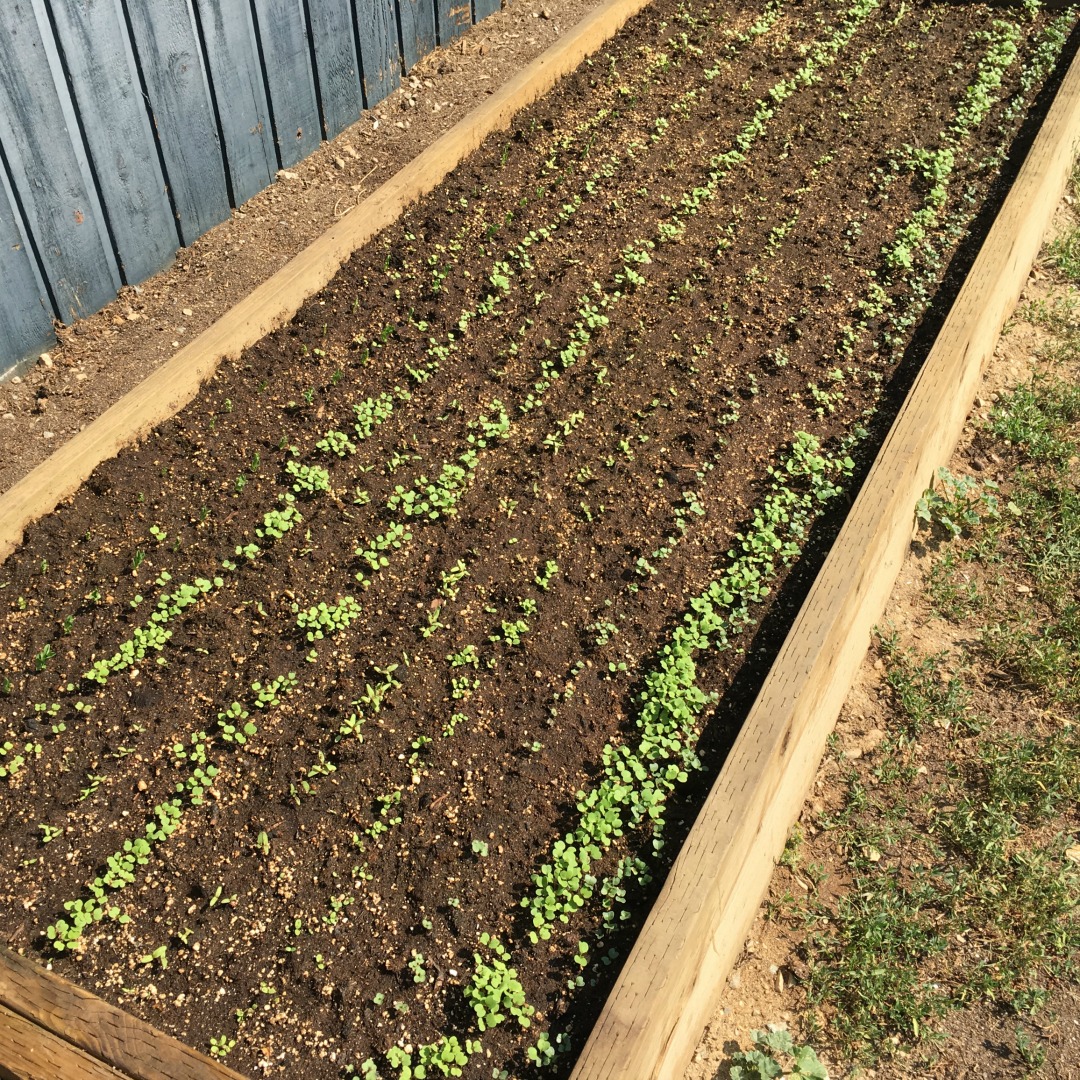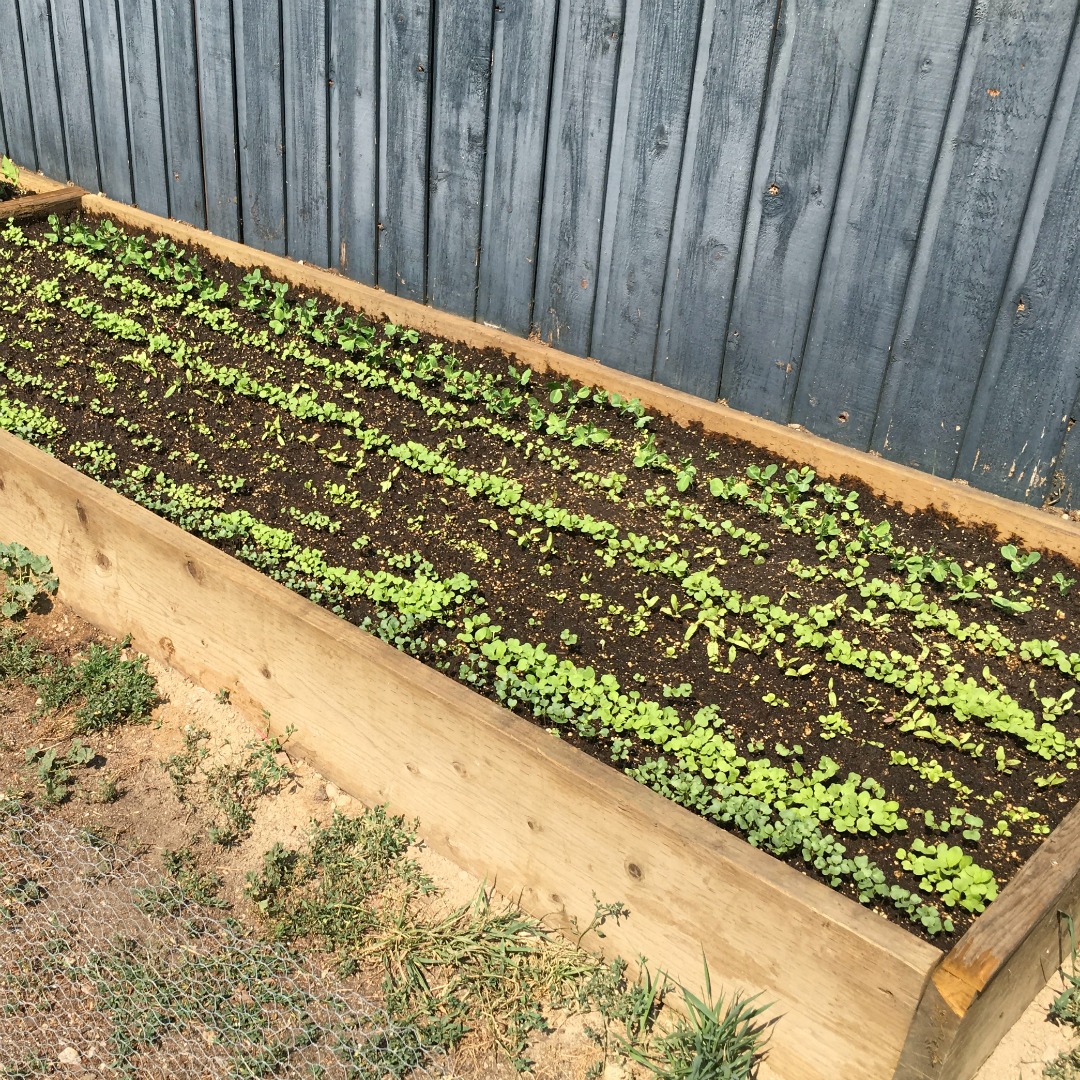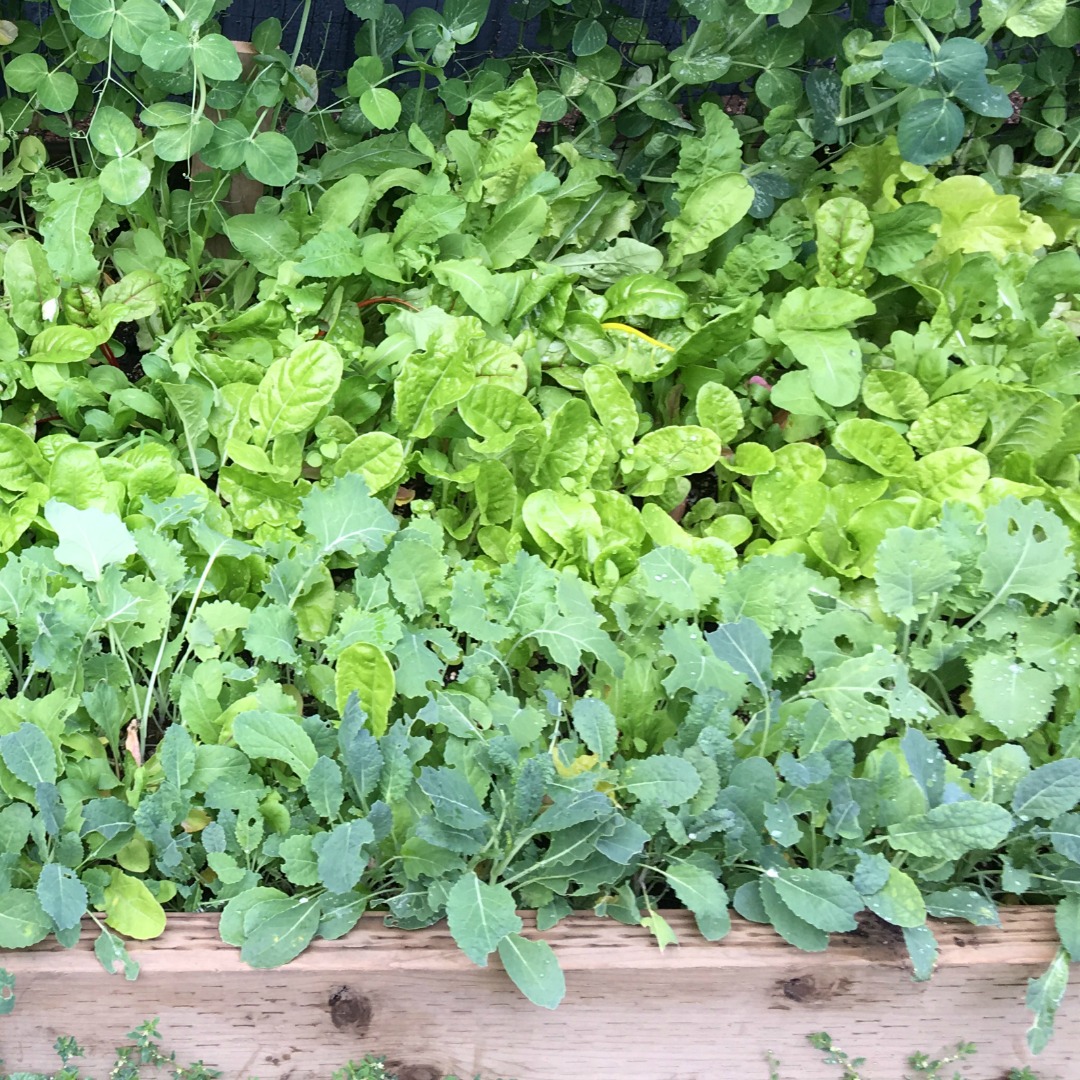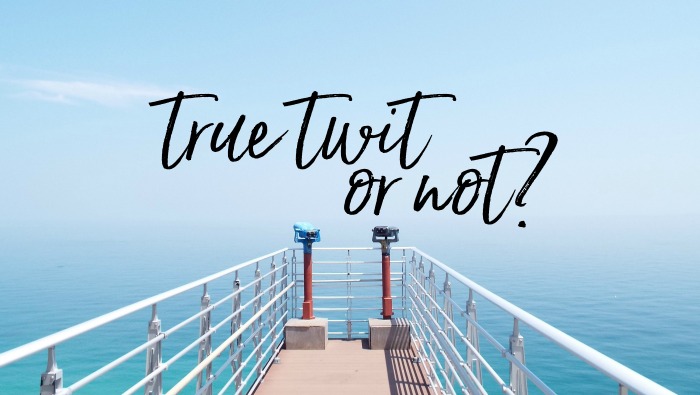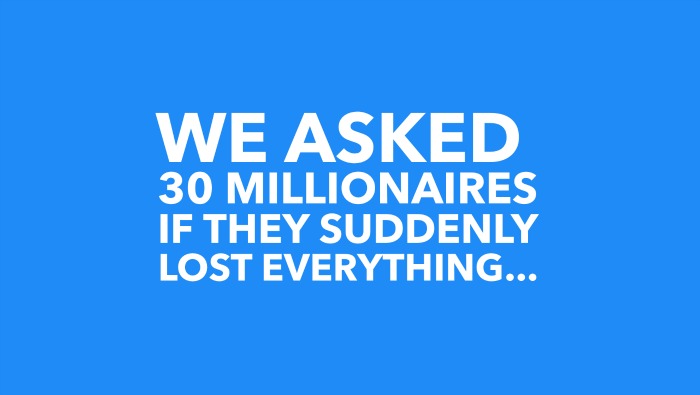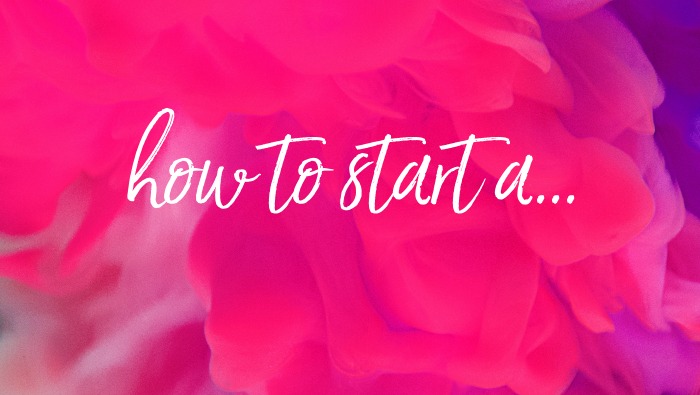
Instagram Content Focus
This post could be titled, “Begin with the End in Mind”, or “Establish Your Avatar”.
Decide on a topic or two for your Instagram account.
I can tell you from personal experience, that when I deviate from the general “topic” of my various Instagram accounts, I lose followers.
For example, I recently posted about how I grow my own greens in limited space on an Instagram profile that is generally motivational and business tip, and social media marketing tip, related — and with that one post, I lost followers, engagement was down and clicks through to my website in my bio, were practically non existent.
All because the post wasn’t really pertinent to what i usually post about and my followers are not necessarily interested in gardening tips.
On the other hand when I keep the posts on that account targeted to the topics I generally cover, and I properly use hashtags – I’ve gained thousands of followers with a single post.
If you have a wide variety of interests or more than one business… you can easily have up to 5 different Instagram accounts.
Do I suggest that you start 5 all at once?
No. Most of us have a hard enough time being focused and consistent with posting and engagement with one account.
Oh, and Instagram rewards consistency. So don’t overwhelm yourself. It’s better to do one account well, than multiple accounts in a so so manner.
So you have an account, and you’ve not been very focused with content, you’ve been all over the place with what you are posting and you are ready to switch it up a bit and get more focused on different content — should you start a new account or revamp an old account?
Great question.
If you have a well established account, with say 10K or more followers, then you might want to revamp an existing account, yes, as stated above you’ll probably lose some followers, but if the account is not working for you and you are changing or creating a focus for that account, it’s not going to matter because you are likely not monetizing it as it stands. Again, yes, you will lose some of your followers, but you are not going to lose all your followers, a percentage will stick, and the ones who do will be focused on your new, more targeted direction.
Sometimes more is not more. What do I mean by that?
First, social proof is extremely valuable and a huge factor in monetizing your Instagram account.
What’s social proof? Social proof is a decent number of followers, a high enough number that people sit up and take notice when they see your account. But even more important is having followers who are interested and engaging with what it is that you are offering or promoting. So if you lose a percentage of your followers by changing, or creating a focus, it’s generally short term pain for long term gain. Having a slightly smaller following of those who are interested in what you are focused on, is why I stated, sometimes more is not more.
On the other hand if you have an account with a minimal following and no real engagement, then in some ways the same still holds true. You might as well make the switch, change your topics, even change your username, AND by all means keep tweaking your bio, and even if you were to lose most of your following, it really won’t make a difference, because it was small to start with and chances are good you were not already monetizing your account..
Start posting content that is more narrowly targeted, transition your current account or accounts, and generally within a few days or a week or two you’ll stop losing followers and start gaining again, which of course means new and targeted eyeballs on your marketing messages which is the ultimate goal.
FAQ’s:
Avatar? Marie, at the beginning of this post, what did you mean by that?
Developing an “avatar”, and then targeting that avatar simply means figuring out who it is, that you want to attract to your business, and what are topics that are of interest to them? What topics fill their needs? Then designing your content around what your ideal client or “avatar” is looking for, and interested in.
Business account and personal pictures or not?
There is NOTHING wrong with mixing in personal pictures on your Instagram “business” account.
People like to feel like they know, like and trust those they are doing business with, and sharing personal pictures helps establish that bond. So mix in pictures that are, other than, purely business related.
TEST and test again, tweak and tweak again. Convert your Instagram to a business account so that you have statistics and analytics available to you, so you can check on a daily basis to see what reaction your posts and captions are receiving. Are people clicking through to the website link in your bio? If not, tweak and tweak again till you find content that works for your avatar.


